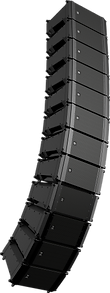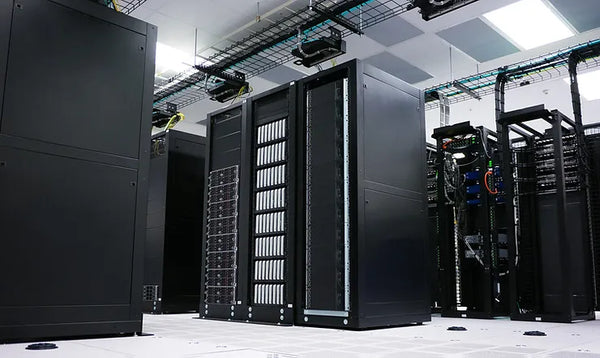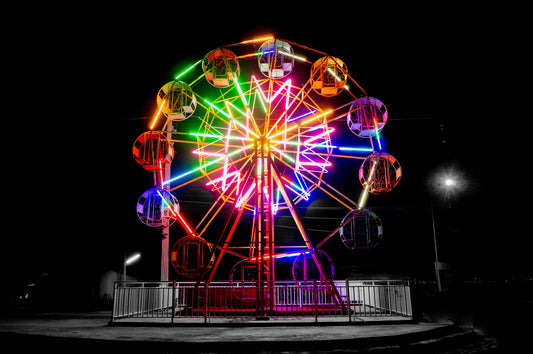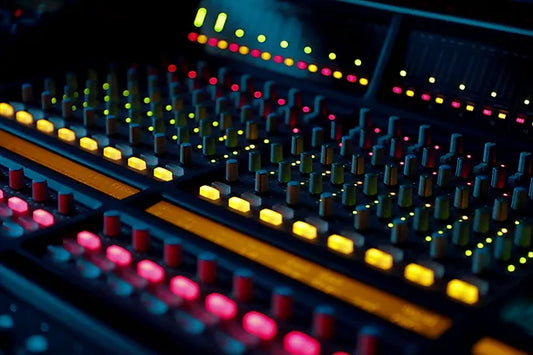But which sound systems should stadium operators consider? How can they balance the demands of the audience and the sportswriters for an immersive, clearly audible stadium experience with the desires of the technical professional to use cutting-edge technology solutions? This blog post explores some of the best sound systems for sports stadiums that will help your team deliver impeccable audio systems.
Constant Directivity Horns
Constant directivity horns are optimal for anyone looking to distribute sound evenly across a wide area. This is because these horns have a coverage pattern that remains relatively constant across the different frequencies that speakers broadcast. These speakers can deliver unique audio experiences to the stadium's back and front sides. Additionally, with such speakers, users can manipulate the horn's directional properties, allowing sound propagation into almost any direction desired.

Line Array Technology
Line array technology does an excellent job of delivering high-quality, comprehensively audible sound. This technology involves utilizing multiple smaller speakers, typically 5.1-inch transducers, which combine to produce a seamless audio experience.
 This is a popular choice for spaces with extensive seating capacity – as they allow for better and more immersive sound coverage. This is because directional speakers can be installed at multiple heights, allowing audio to come down more directly from the speakers to the audience at lower levels within the stadium.
This is a popular choice for spaces with extensive seating capacity – as they allow for better and more immersive sound coverage. This is because directional speakers can be installed at multiple heights, allowing audio to come down more directly from the speakers to the audience at lower levels within the stadium.
Subwoofers
A sound system is incomplete without Subwoofers. Subwoofers improve stadium audio quality by delivering bass, and low-frequency sounds that other speakers may not be capable of producing. Such audio is crucial to many elements of a stadium event, from music genres to announcers' voices. Subwoofers help produce a low-frequency punch that all can feel.
Networked Audio Systems
Networked audio systems are one of sports stadiums' most cutting-edge sound systems. Networked audio systems use digital signal processing (DSP) to deliver sound. With such speakers, sound electrons in an audio signal are converted to digital signals and transported over network cables. The extensive use of web and IP technologies makes such devices easy to manage and offer impressive sound coverage.
For instance, a stadium can leverage the Dante network protocol, allowing audio signals to be sent over Ethernet. By leveraging routing protocols and applying IP technologies everywhere, stadium IT staff can enjoy unmatched flexibility when managing their stadium audio.

Augmented Reality Audio
The use of augmented reality audio complements the immersive stadium experience. Augmented reality audio involves utilizing a headset that, when worn, offers stadium attendees an extra dimension of sound. In several sports events, for instance, a viewer might decide to tune into an announcer's voice, while music might be the greater priority in others. Augmented reality audio delivers an immersive sound stage that fits a spectator's preference.
Sound reinforcement is a critical part of the sports stadium experience. It complements the game's thrill, the fans' excitement, and the stadium's atmosphere. Suitable sound reinforcement systems must provide audio coverage over large distances, be easy to control and manage, bring surround sound power, and offer an immersive experience to the stadium attendees.
With this guide, we hope you have discovered some of the best sound systems for sports stadiums and can choose the right one for your facility.




